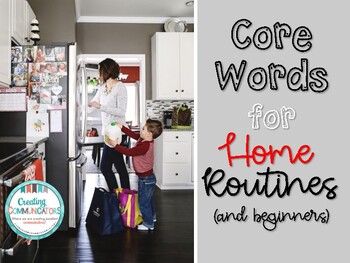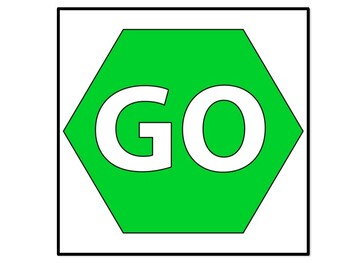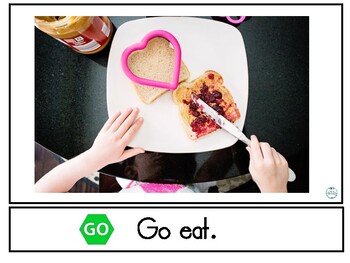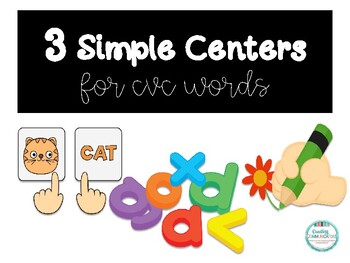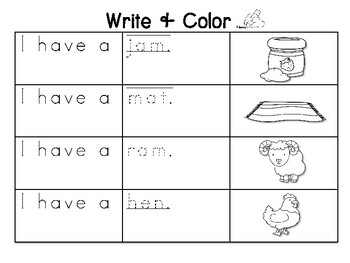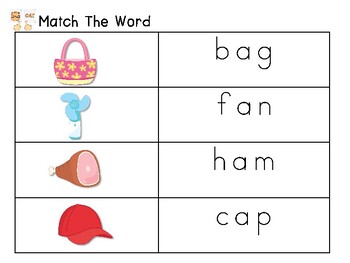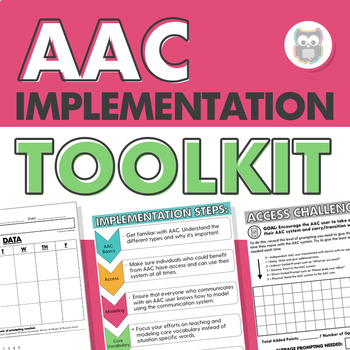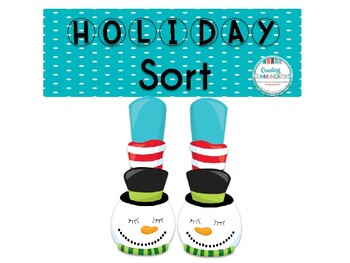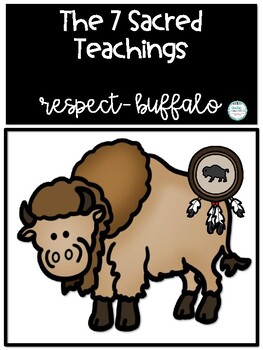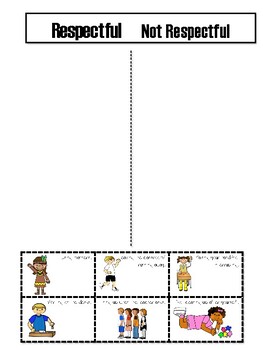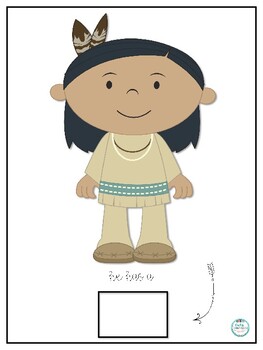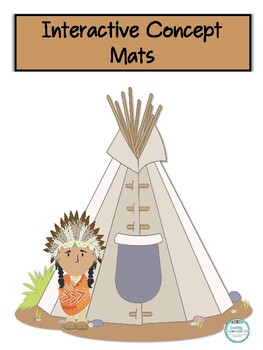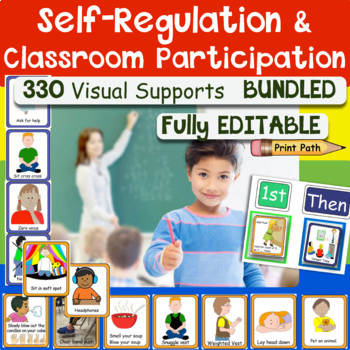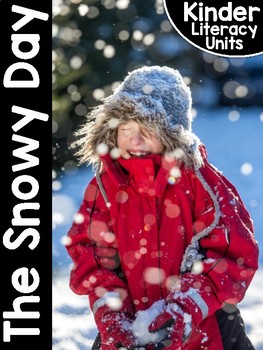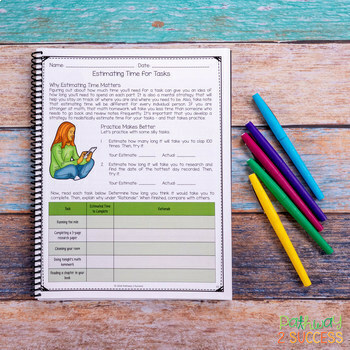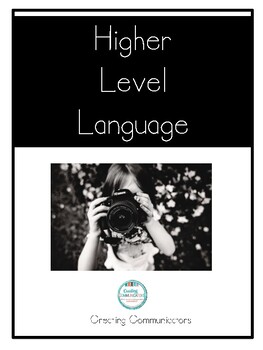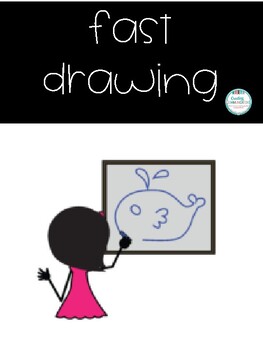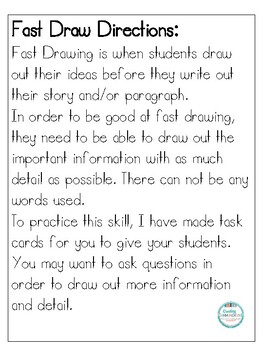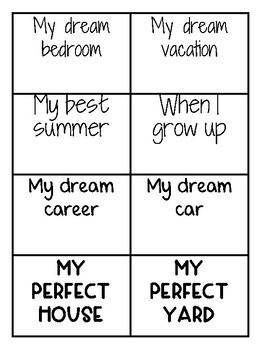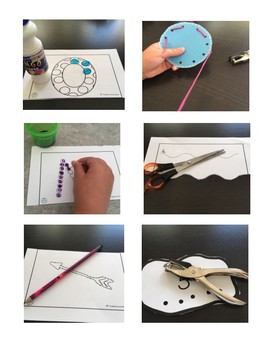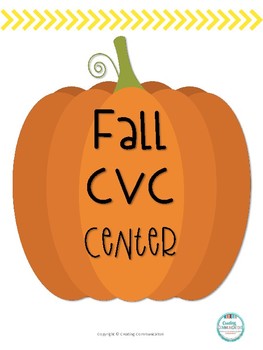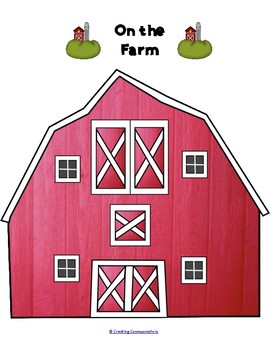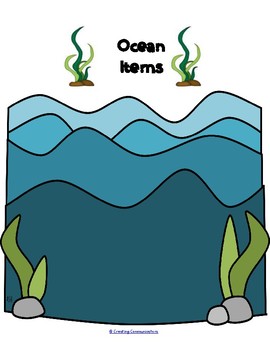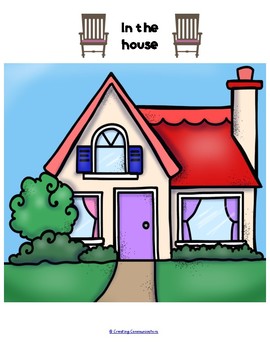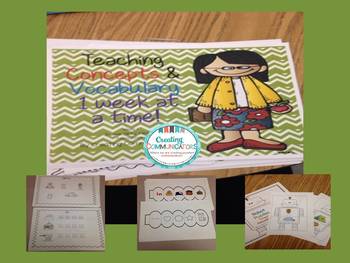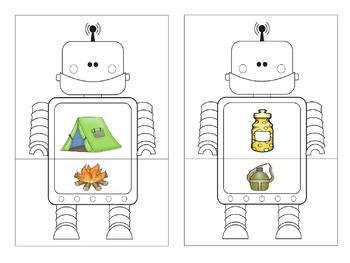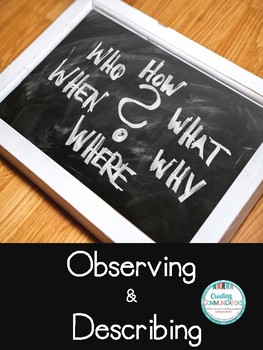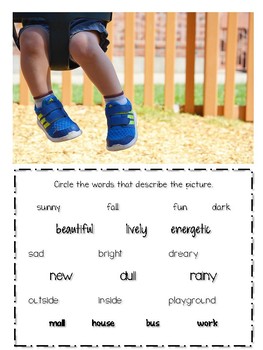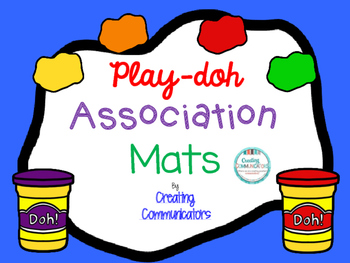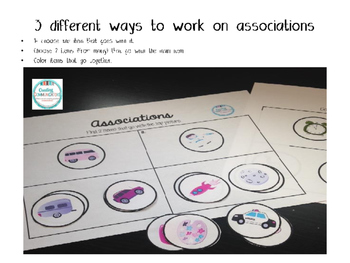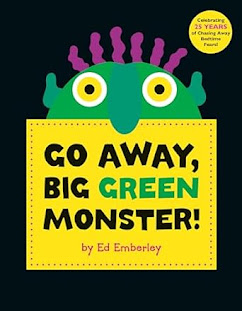When you are getting ready for your caseload, you need to get prepared for those severe kids- in Alberta, they qualify for Program Unit Funding. Here is a good resource for those kids.
Included are the instructions for teaching one, in, dirty, clean, and associations.
There are over 30 pages of instructions and resources for the entire week plus step by step daily, instructions on how to use the resource.
Contents:
The book that targets concepts in, and one which can also
be used as a home reader and colouring pages.
Posters
Worksheets
Printing practice sheets
Concept folds (some in bw and colour)
Robot puzzles containing associations.
Week 2!
Included are the instructions for teaching all, off, soft, and hard. What Doesn't Belong.
There are over 40 pages of instructions and resources for the entire week plus step by step daily, instructions on how to use the resource.
Contents:
Book that targets concepts all, & off which can also
be used as a home reader and colouring pages.
Posters
Worksheets
Printing practice sheets
Concept folds (some in bw and colour)
Robot puzzles containing What Doesn't Belong
Week 3!
Included are the instructions for teaching none, on, big and little and categories.
There are over 40 pages of instructions and resources for the entire week.
Contents:
Book that targets concepts none, on, big and little which can also be used as a home reader and colouring pages.
Posters
Worksheets
Printing practice sheets
Concept folds (some in bw and colour)
Category Mats
Week 4!
Included are the instructions for teaching Negation (not), out, wet/dry and opposites.
There are 39 pages of instructions and resources for the entire week.
Contents:
Book that targets concepts not, out, wet and dry, which can also be used as a home reader and colouring pages.
Posters
Worksheets
Printing practice sheets
Concept folds (some in bw and colour)
Opposite Mats and Clip cards
And best of all it targets Fine and Gross motor skills by including cutting, colouring and playing.
You can get all 4 weeks for $10 that just 2.50 a week and your entire month is planned :)
Dont' forget to follow me here

